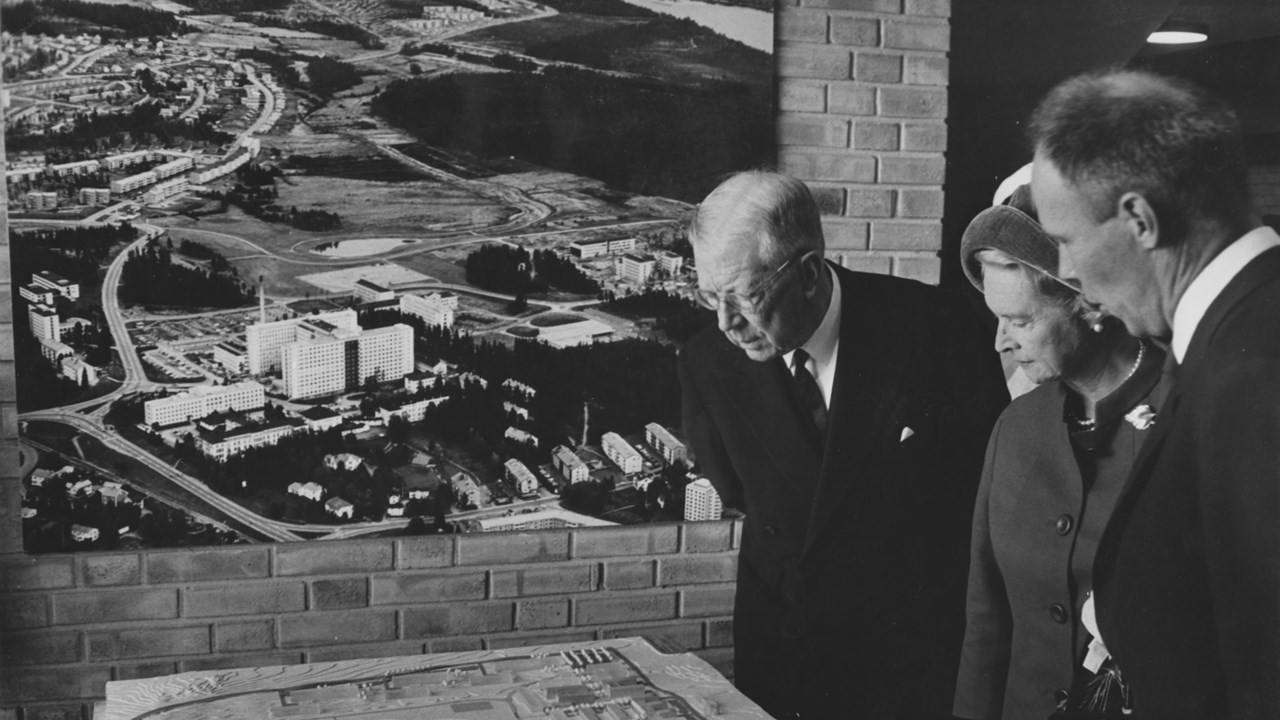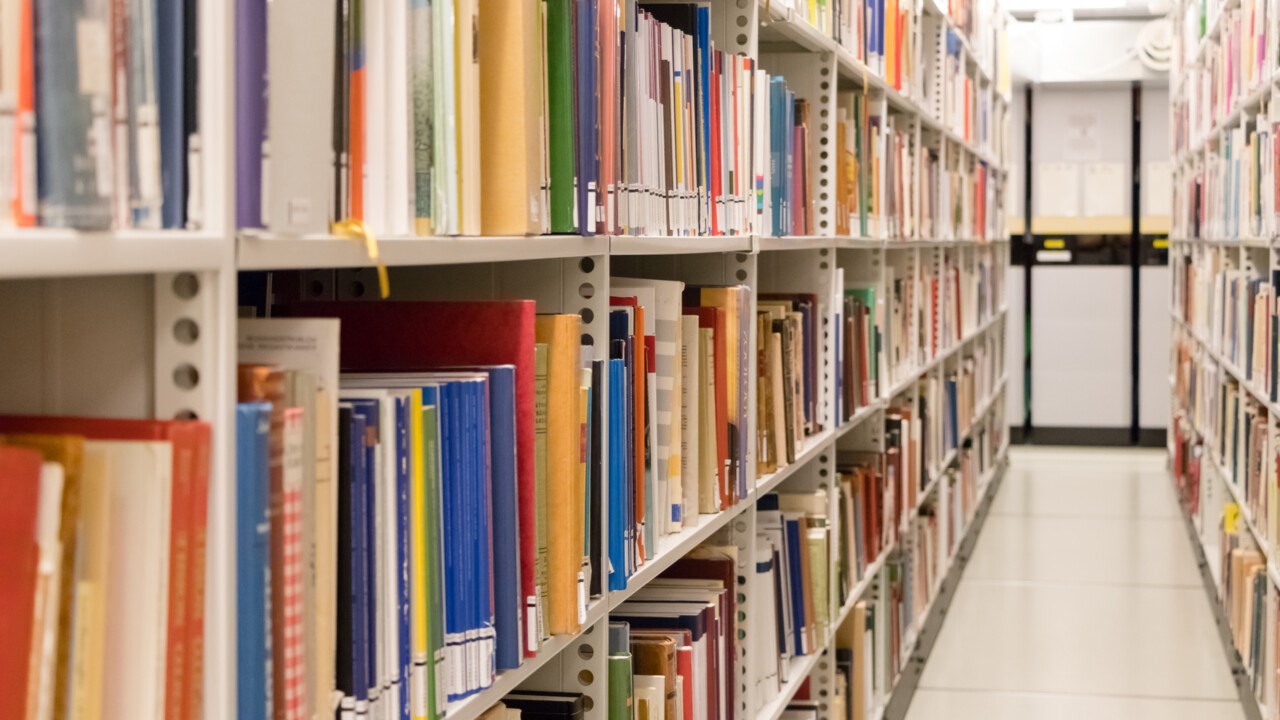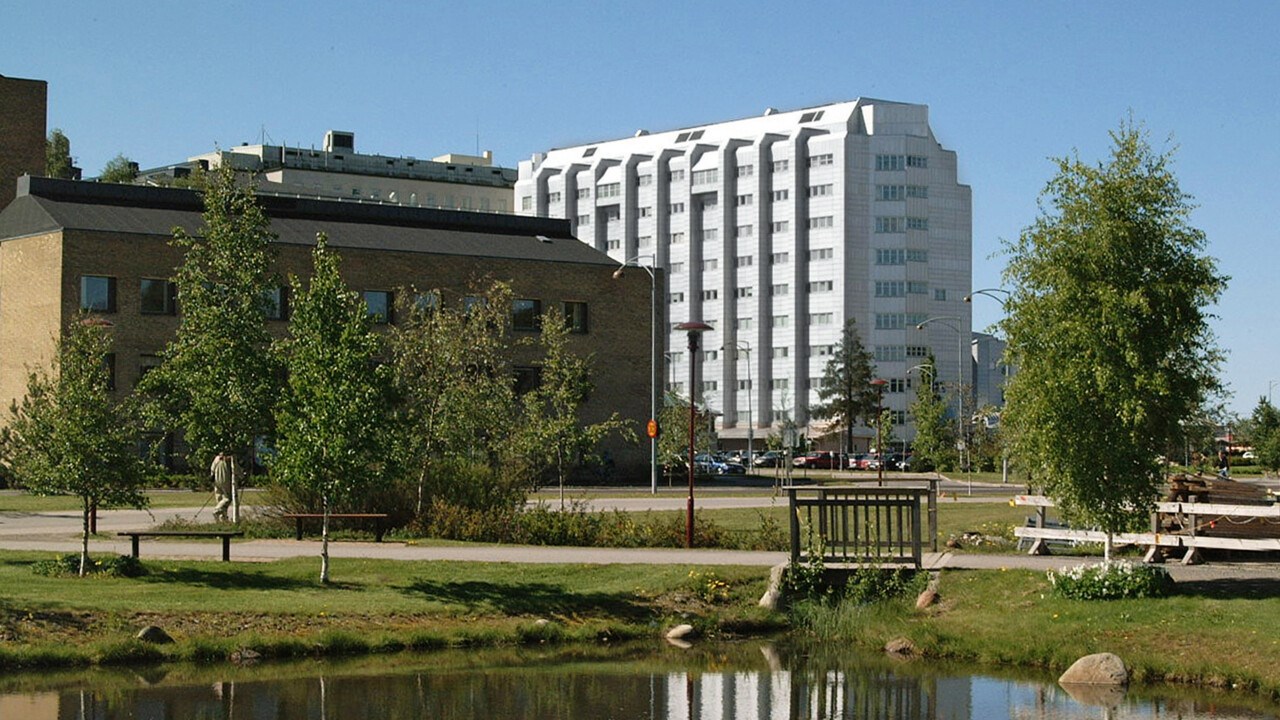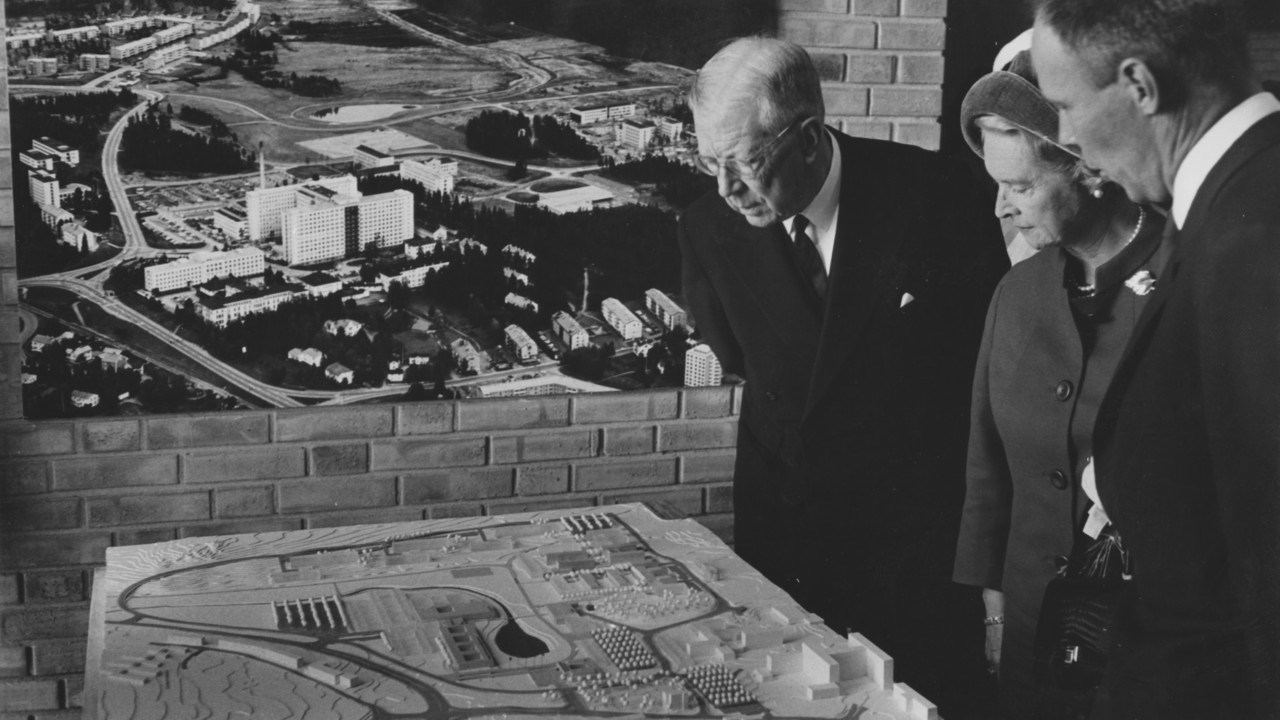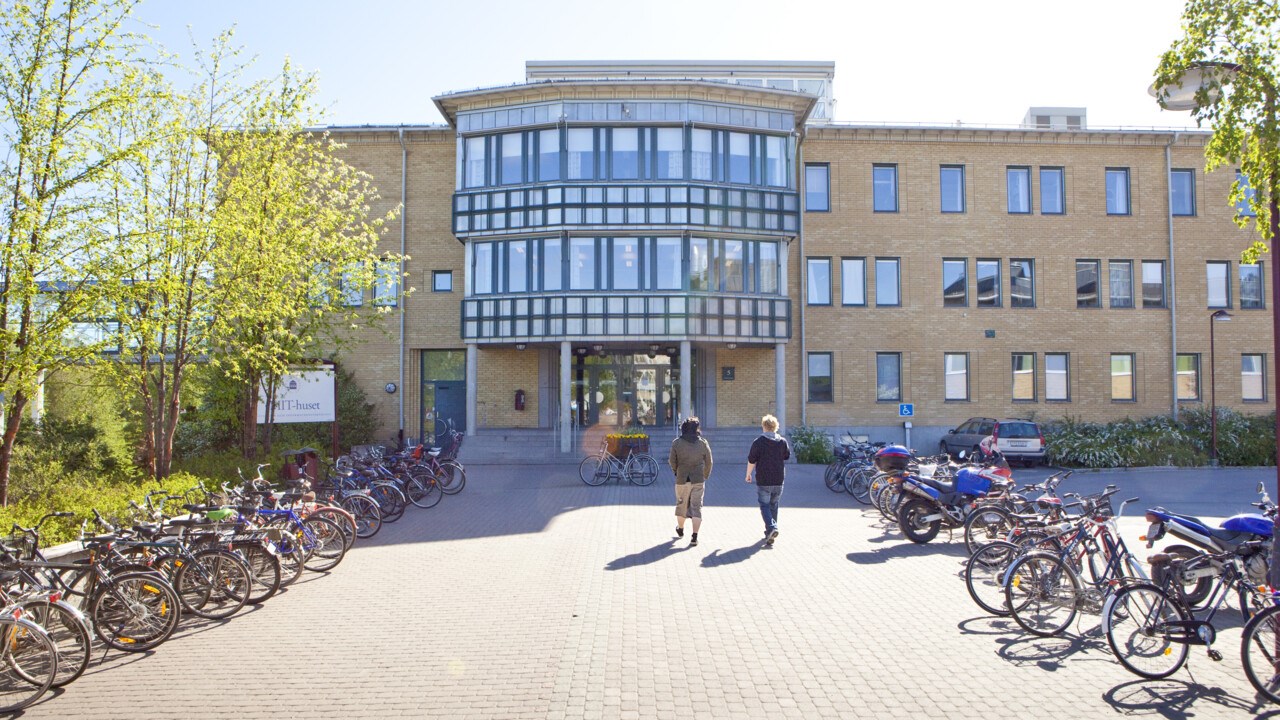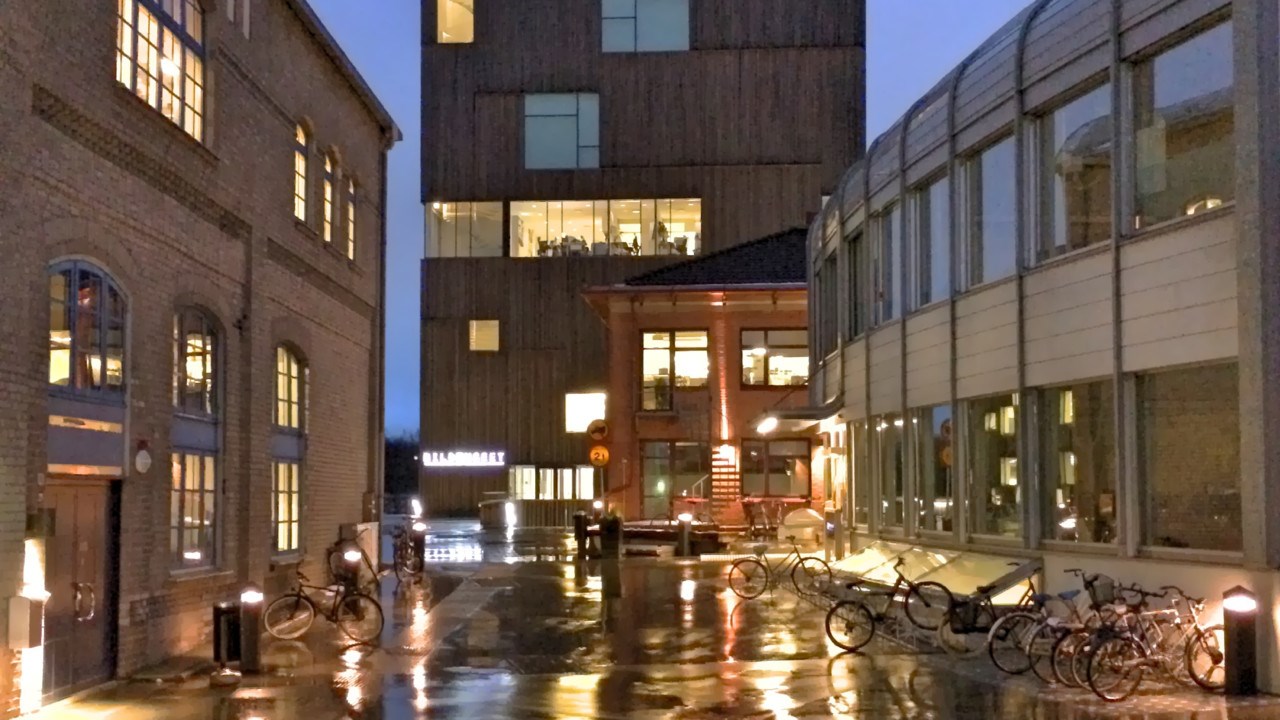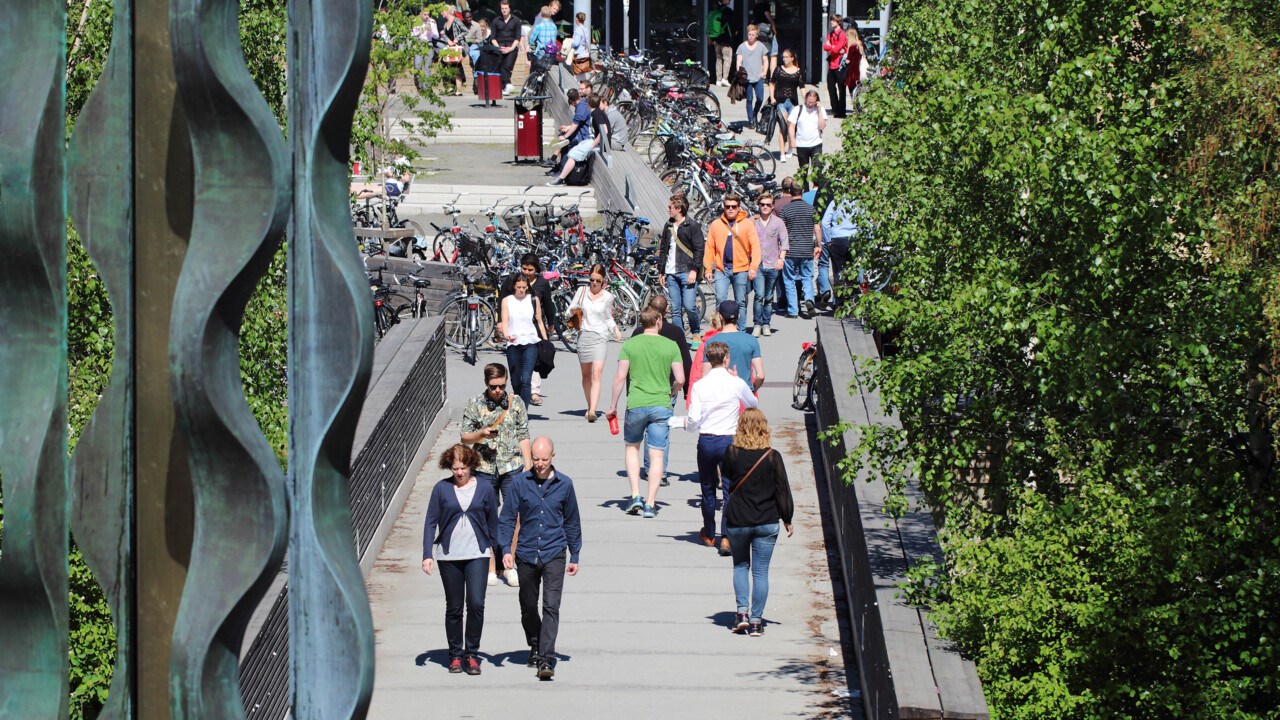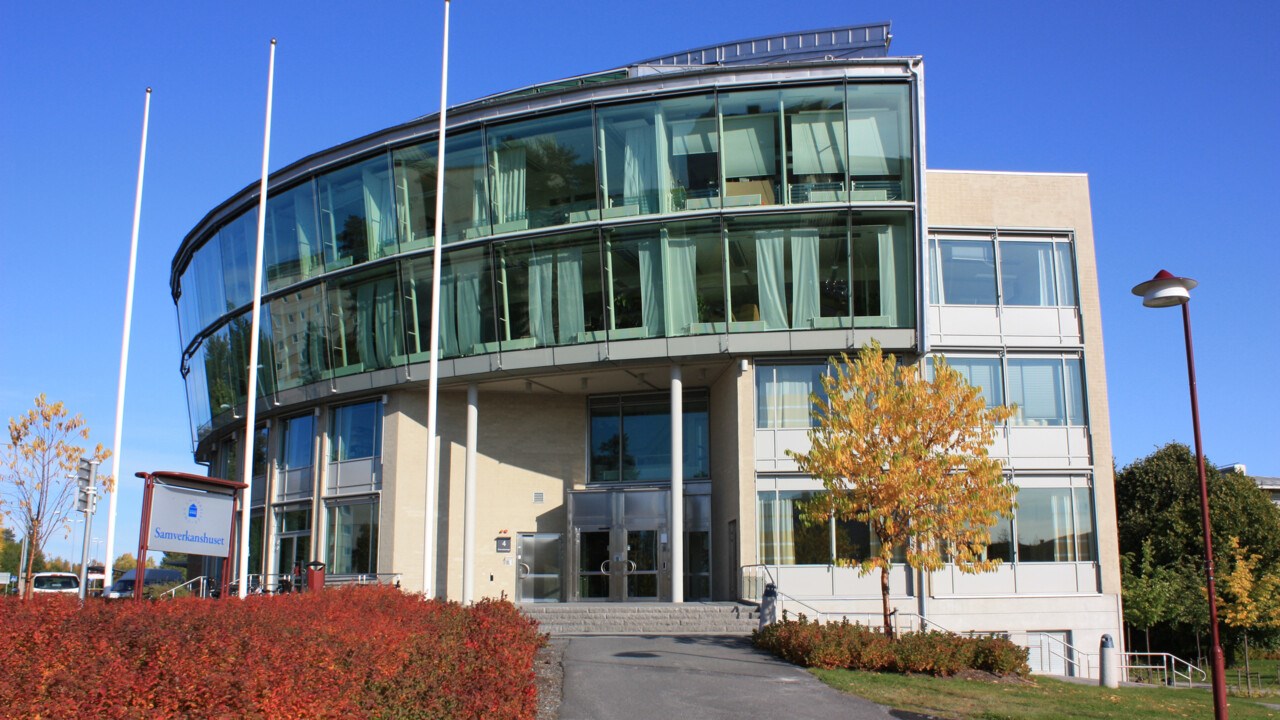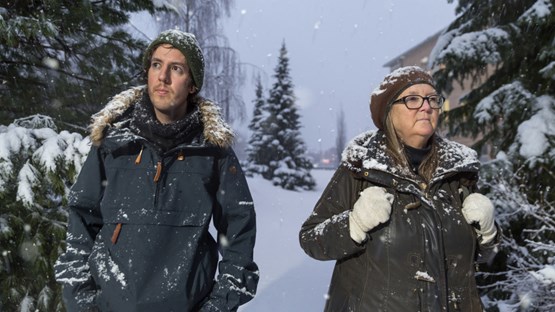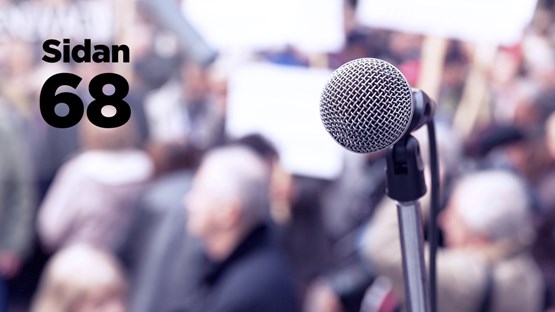Reindeer-grazing land before campus
Campus Umeå was built on land that was used as a winter grazing area for the reindeers of Ran's sameby. And although the use of the land is now different, the area is still regarded as reindeer-grazing land.
The last year of winter grazing in the rich and nutritious forest that preceded campus took place in 1952, only four years before the Dental School was inaugurated.
Ran's sameby – named after the Norwegian region Ran – has roots from the 17th century. Its grazing lands stretch from the Norwegian border along the south banks of the Vindel River all the way to the coast, and hence encompasses the greater part of Umeå municipality.
Beside the campus and the area along the Mariehem stream and the Nydala forest areas, the present-day Haga and Umestan were also used for reindeer-grazing.
The expansion of Umeå has brought with it that winter reindeer-grazing in recent years has been kept outside the city borders, and mostly around Tavelsjö and on the island Holmön.


